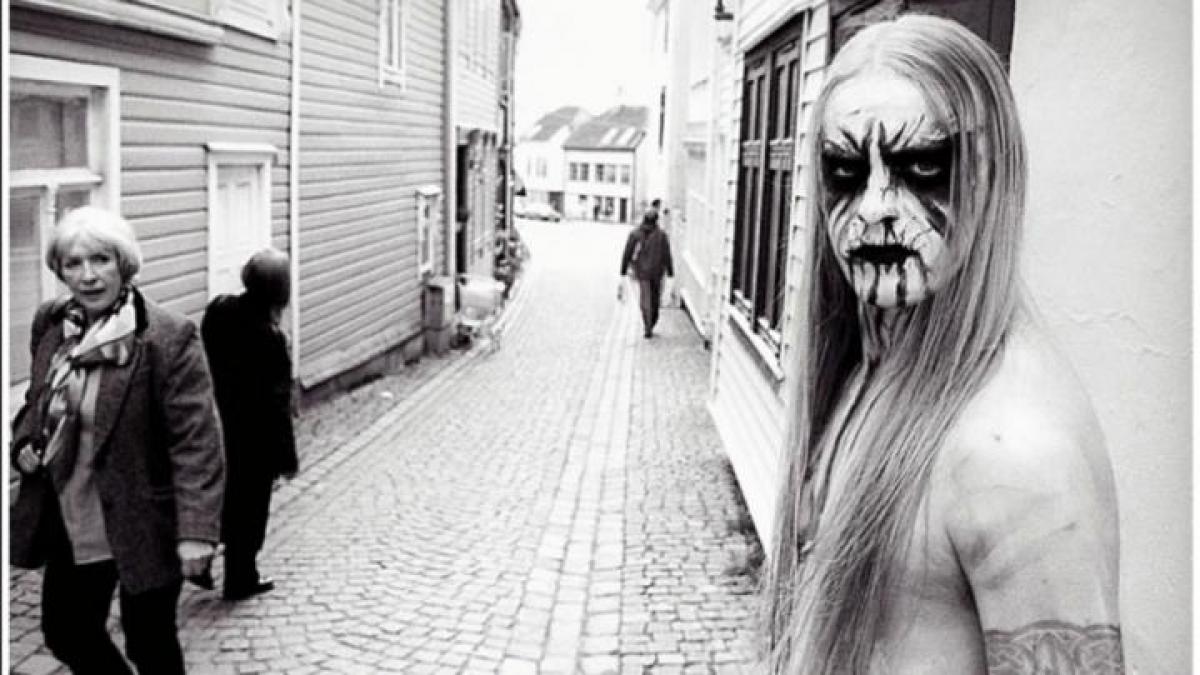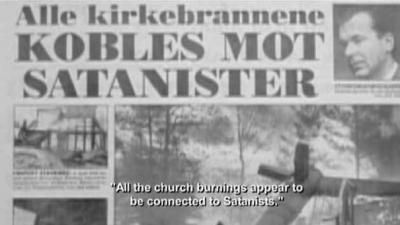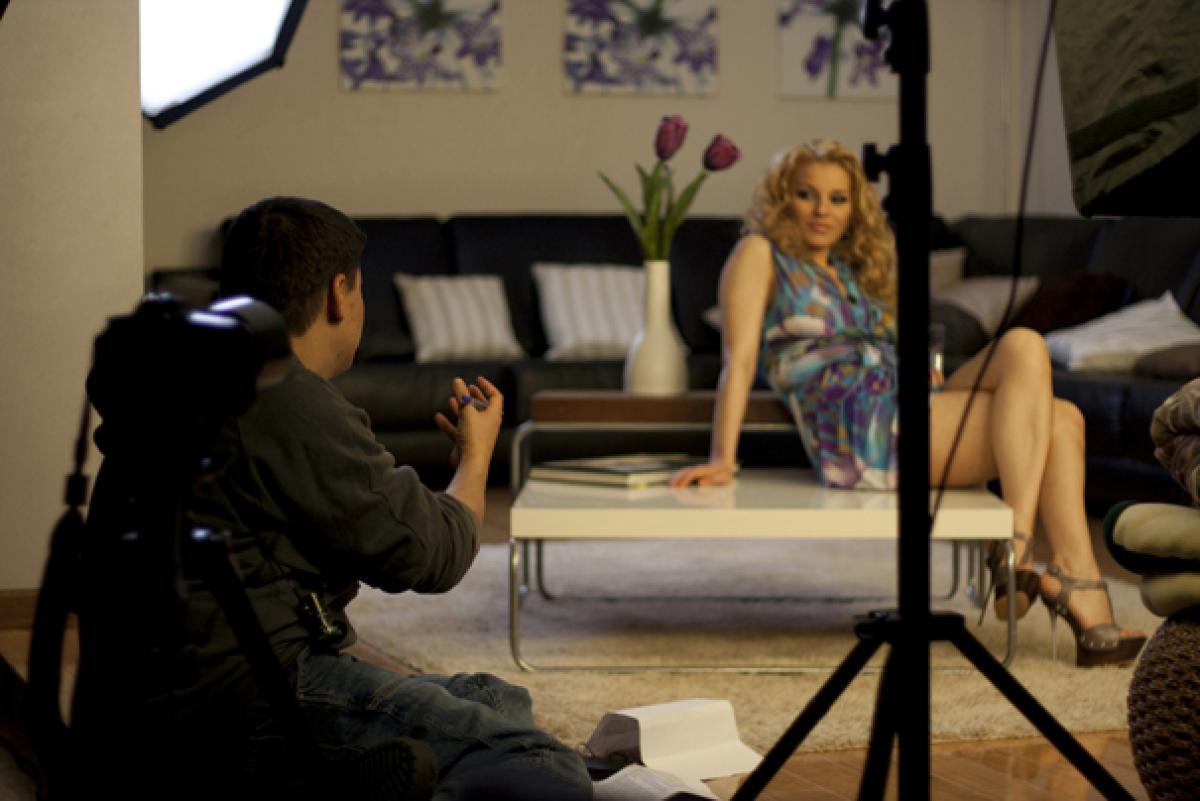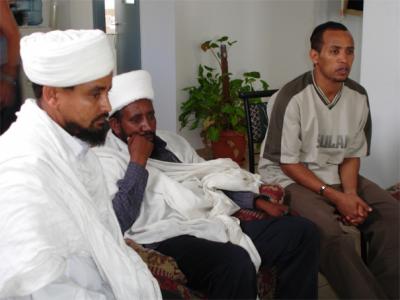
«Until the Light Takes Us» – Black Metal in Norway
Norwegian bands used to be the spearheads of the early 1990s international black metal scene. In Norway however, they were branded as Satanists. This judgement was supported by the fact that there were indeed fans as well as musicians setting churches on fire and making the headlines with cases of murder and suicide. Many years later the two filmmakers Aaron Aites and Audrey Ewell went to visit those musicians. An upsetting, deranging yet most fabulous portrait.
Norway is the embodiment of capitalist prosperity, with one of the world’s highest standards of living, an exemplary well-run state and a comprehensive welfare system. Yet it is also a country that Christianised later than almost anywhere else in Europe, was primarily rural and poor until well into the twentieth century and whose magnificent, intimidating landscape looms over and mocks its urbanised pretensions. The threat of savagery, embodied by the Quisling government in World War Two and the mass murders of Anders Breivik, provides a potent dark side to this outwardly peaceful society.
The 2009 documentary Until The Light Takes Us explores Norway’s extraordinary duality through the lives of some of the protagonists in one of the country’s most extraordinary phenomena – the Norwegian black metal scene. In the early 1990s, Norway was at the forefront of the development of black metal, an uncompromisingly Satanic offshoot of heavy metal. Norwegian black metallers from bands like Burzum, Emperor and Mayhem not only created a bewitchingly brutal and bleak musical style, they also tried to turn sonic terror into real terror. Black metallers became notorious for burning down many of the country’s ancient wooden churches and for acts of murder and suicide.


Years after the violence abated, Until The Light Takes Us catches up with some of the legendary figures in Norwegian black metal. The results are not always what you might expect. Certainly they remain uncompromising figures, dedicated to their art and unapologetic about the past. But the film also captures the texture of their unexceptional everyday life in a country that seems indifferent to them. Fenriz, drummer of Darkthrone and the focus of much of the documentary, is shown walking the rain-sodden streets, smoking, taking the train, going for a beer and living a life that seems solitary and even lonely. At the same time, we are reminded of his legendary status in underground black metal as he conducts interviews and visits an exhibition on black metal.
It is this jarring contrast between prosperous, alienating, dull normality and the notoriety and violence of black metal that Until The Light Takes Us captures so well. Varg Vikernes, the notorious racist and murderer of fellow black metal musician Euronymous is interviewed in his comfortable-looking prison. The viewer is at first lulled by his wry articulacy and when he finally reveals himself to be utterly unapologetic about the murder, his insouciance is unnerving.
Until the Light takes us is a study in the ironies of what happens after you have committed yourself to a transgressive life in a country whose comfortable assumptions seem to invite transgression, but where transgression is maddeningly tolerated. It shows Norway to be both a place of dull comfort and a place where the extraordinary bursts out with little warning. It is a country that is both intensely familiar and utterly exotic.
Biography
Published on January 09, 2013
Last updated on April 10, 2024
Topics
How does this ideology, but also its sheer physical expressions such as labor affect cultural production? From hip hop’s «bling» culture to critical evaluations of cultural funding.
From Muslim taqwacore to how the rave scene in Athens counters the financial crisis.
From Pakistani wrestling practice «kushti» to muezzin singing contests in Turkey.
From linguistic violence in grime, physical violence against artists at the Turkish Gezi protests, and violence propagation in South African gangster rap.





